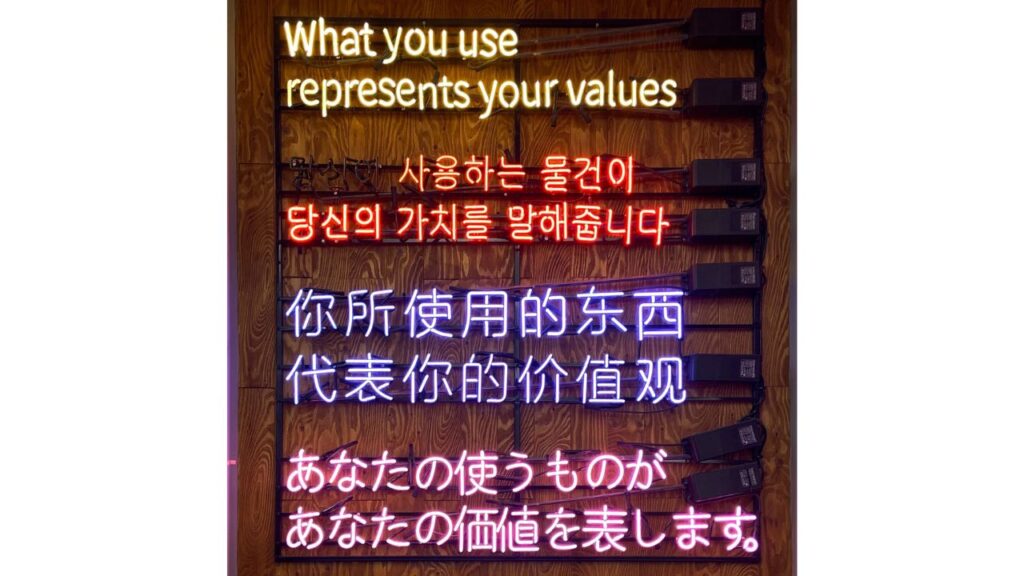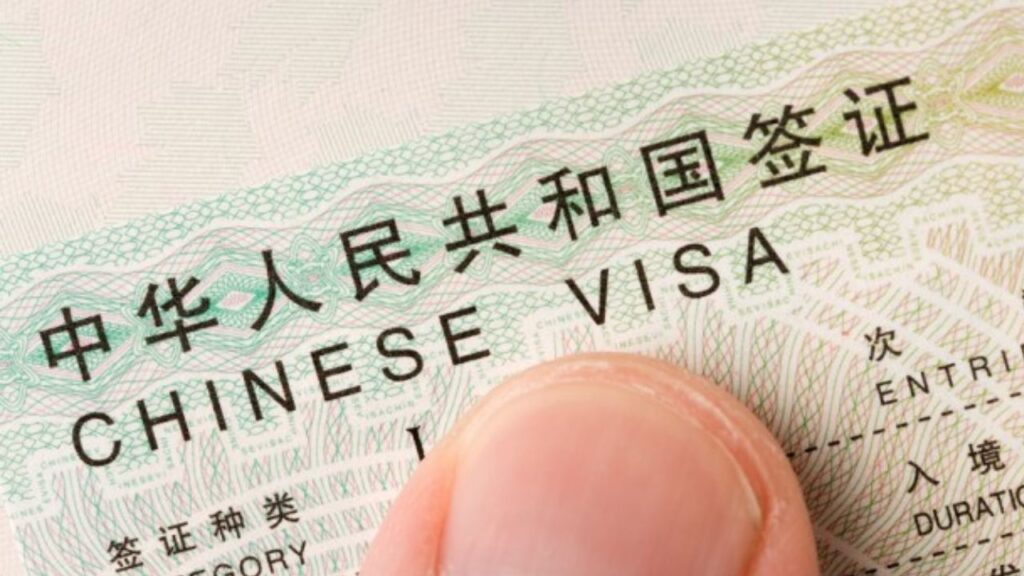Types of Language Immersion Programs in Asia
Language immersion programs in Asia offer travelers a unique opportunity to deeply engage with local languages and cultures. Here’s a brief overview of the types of language immersion programs you can expect to find in this diverse continent:
Full Immersion Programs
Description: Full immersion programs involve integrating into a local community, often with a homestay, and participating in daily activities entirely in the local language. These programs are designed to provide an intense, authentic language learning experience.
Examples: In Japan, programs like the Tokyo Central Japanese Language School offer full immersion through classes, cultural activities, and homestays. Similarly, in China, programs like the Hutong School in Beijing provide full immersion experiences with a blend of language classes and cultural excursions.

Partial Immersion Programs
Description: Partial immersion programs blend language learning with other activities, such as tourism or professional work. These programs offer a more balanced approach, allowing participants to learn the language while engaging in other interests or responsibilities.
Examples: In South Korea, programs like Seoul National University’s Korean Language Education Center offer language courses with options for cultural activities and field trips. Language schools often combine Thai language classes with guided tours and volunteer opportunities in Thailand.
Technology-aided Immersion Programs
Description: These programs utilize digital tools and online resources to complement traditional learning methods. They are ideal for travelers who prefer flexibility or blend language learning with travel or work.
Examples: Apps like Duolingo or Rosetta Stone offer courses in Asian languages like Mandarin, Japanese, and Korean. Websites like iTalki facilitate language exchange and tutoring with native speakers, allowing learners to practice conversation skills with locals, even from afar.

Each program caters to different learning styles and travel plans, offering a range of options for those looking to enhance their trip to Asia with language immersion. Whether you prefer a fully immersive experience or a more flexible, technology-aided approach, there’s an option that suits your travel and learning needs.
Benefits of Language Immersion Programs
Language immersion programs offer numerous benefits for travelers, making them an enriching addition to any journey.
Here are some key advantages:
Cultural Integration: Understanding Local Customs and Traditions
Immersion programs provide an authentic experience of local life, far beyond what typical tourism can offer. Travelers gain a deeper understanding of the locals’ customs, traditions, and daily routines by living and learning within a community. This understanding fosters greater cultural sensitivity and appreciation, enhancing the travel experience.
Enhanced Language Skills: Faster and More Effective Language Learning
Immersion is widely regarded as one of the most effective language-learning methods. Being surrounded by native speakers and using the language in practical, everyday contexts accelerates learning. It improves linguistic ability, comprehension, and cultural communication skills, leading to a more profound connection with the language.

Personal and Professional Advantages: Networking, Job Opportunities, etc.
Participating in an immersion program can open new personal and professional opportunities. It allows travelers to build a network of international contacts and gain highly valued skills in the global job market. Being proficient in a second language, especially learned through immersion, is a standout skill on any resume, potentially leading to career advancements or unique job opportunities.
Language immersion programs offer travelers a unique way to deeply engage with a new culture, accelerate their language learning, and open up new personal and professional opportunities. These experiences enhance travel and contribute to personal growth and global understanding.
Popular Destinations for Language Immersion in Asia
With its rich linguistic and cultural diversity, Asia offers some of the most sought-after destinations for language immersion. Here’s a brief overview of popular destinations in East, Southeast, and South Asia:
East Asia: Programs in China, Japan, and South Korea
China: Known for its Mandarin language programs, cities like Beijing and Shanghai are popular for their language schools and cultural immersion opportunities. For instance, the Beijing Language and Culture University is renowned for its comprehensive Mandarin immersion programs.

Japan: Japan offers immersive language experiences in cities like Tokyo and Kyoto. Schools like the Tokyo Central Japanese Language School provide intensive Japanese language courses and cultural activities like tea ceremonies and calligraphy classes.
South Korea: Seoul and Busan are hotspots for learning Korean. Institutions like Seoul National University offer language programs where students can immerse themselves in Korean culture, including K-pop and traditional Korean cuisine.
Southeast Asia: Opportunities in Thailand, Vietnam, etc.
Thailand: Thailand, especially Bangkok and Chiang Mai, offers immersive Thai language programs. These often include cultural excursions like temple visits and Thai cooking classes, allowing learners to practice their language skills in real-life situations.
Vietnam: Vietnamese language programs are gaining popularity. Cities like Hanoi and Ho Chi Minh City provide immersive experiences where learners can explore the rich history and vibrant culture of Vietnam while learning the language.
South Asia: Language Immersion Experiences in India, Nepal, etc.
India: With its many languages, India offers diverse language immersion opportunities. Hindi, Tamil, or Bengali programs are standard, especially in cultural hubs like Delhi, Chennai, and Kolkata. These programs often include local cultural activities and workshops.
Nepal: Nepal, home to languages like Nepali and Newari, provides unique immersion experiences in cities like Kathmandu. Learners can explore the Himalayan culture and Buddhist traditions while engaging in language studies.

Each destination offers unique experiences, combining language learning with cultural immersion. Whether exploring the ancient traditions of China, experiencing the bustling urban life of Tokyo, or delving into the rich cultural tapestry of India, language immersion in these Asian destinations can be a deeply enriching and transformative aspect of travel.
Challenges and Considerations
When embarking on a language immersion program, particularly in a diverse and culturally rich continent like Asia, travelers may encounter several challenges and considerations:
Language Barriers: Initial Difficulties in Communication
Immersion programs inherently involve stepping into an environment where your native language is not the primary mode of communication. This can initially lead to difficulties in understanding and being understood. Simple tasks like shopping, asking for directions, or even social interactions can be challenging. However, these challenges also make immersion such an effective method for language learning, as they compel active use of the new language.
Cultural Differences: Adjusting to New Customs and Social Norms
Every culture has its unique set of customs, etiquettes, and social norms, which can be vastly different from what travelers are accustomed to in their home countries. For instance, the concept of personal space in Japan, the importance of saving face in China, and the communal nature of meals in India. Misunderstandings or unintentional offenses are common as travelers navigate these new cultural landscapes. It’s important to approach these differences with openness and a willingness to learn and adapt.

Financial and Time Commitments: Cost and Duration of Programs
Language immersion programs, especially comprehensive and high-quality ones, can be a significant financial investment. Costs can include tuition, accommodation, travel, and daily living expenses. Effective language immersion requires a substantial time commitment; it cannot be rushed. Balancing the duration of the program with personal responsibilities like work or studies is a crucial consideration. Prospective learners must plan and budget accordingly to maximize their immersion experience without overextending themselves financially or time-wise.
While significant, these challenges are also integral to the learning and cultural exchange. They contribute to the overall growth and development that language immersion programs are designed to foster. Preparing for these challenges and considering them part of the immersion journey can greatly enhance the experience and the learning outcomes.
Preparing for a Language Immersion Program
Preparing for a language immersion program is an exciting process, but it requires careful planning and consideration. Here’s a guide to help you get ready for this enriching experience:
Selecting the Right Program: Factors to Consider
Program Reputation and Quality: Research the credibility and reviews of the language school or program. Look for accreditation and feedback from past participants.
Language and Location: Choose a language and location that aligns with your interests and goals. Consider the dialects spoken in different regions if you have a specific focus.

Program Structure: Evaluate the intensity and structure of the program. Some offer a more academic approach, while others might be more conversational and cultural.
Personal Goals: Align the program with your personal and professional language learning goals. Make sure the program suits your objectives, whether it’s for career advancement, academic purposes, or personal enrichment.
Practical Preparations: Visas, Accommodations, Budgeting
Visas: Check visa requirements for your destination well in advance. Some countries may require student visas for language programs.
Accommodation: Consider options like homestays, dormitories, or private rentals. Homestays can offer a more immersive experience.
Budgeting: Factor in tuition fees, accommodation, travel expenses, insurance, and daily living costs. It’s crucial to have a clear financial plan to avoid unexpected expenses.

Cultural Preparation: Basic Language Skills and Understanding of Cultural Etiquette
Basic Language Skills: Familiarize yourself with basic phrases and expressions in the language. This preparation can make the initial adjustment smoother.
Cultural Etiquette: Research and understand key aspects of cultural etiquette and norms in your destination. This can include dress codes, greetings, dining etiquette, and social behaviors.
Open Mindset: Cultivate an honest and respectful approach to cultural differences. Being adaptable and open to new experiences will significantly enhance your immersion experience.
Preparing for a language immersion program involves more than just packing your bags. It requires thoughtful consideration of your educational goals, practical arrangements for your stay, and an openness to embrace new cultural experiences. By thoroughly preparing, you can ensure a more fulfilling and enjoyable immersion experience.

Language immersion programs in Asia offer a unique and enriching opportunity for travelers. They are not just about learning a new language; they’re about experiencing a culture deeply, broadening horizons, and opening doors to further personal and professional opportunities. As you embark on this journey, remember that your challenges are part of a transformative experience. With the right preparation and an open mind, you can fully embrace the adventure that awaits and return with more than just language skills – you’ll have a wealth of cultural understanding and memories to last a lifetime.




